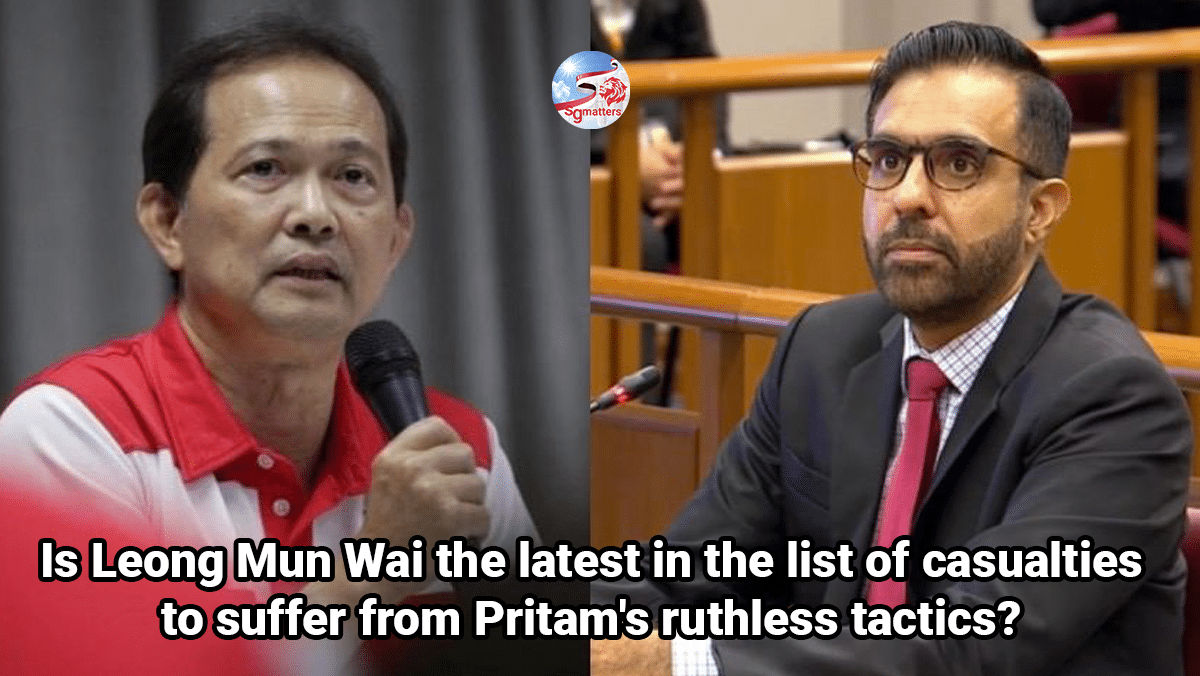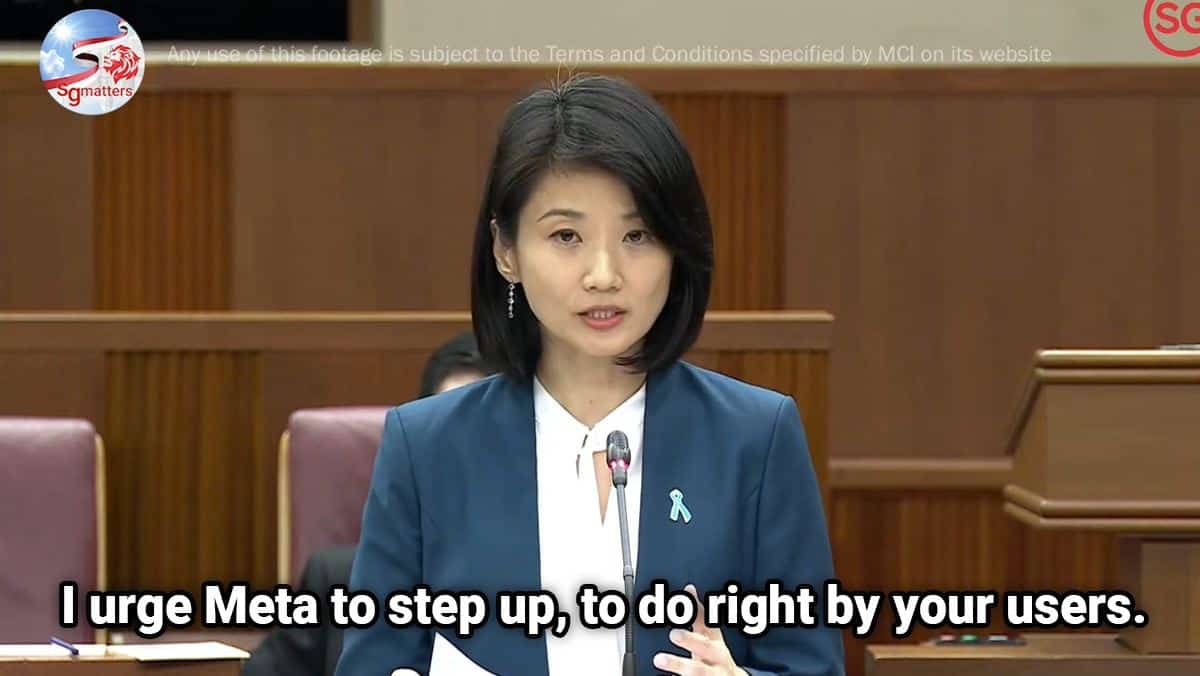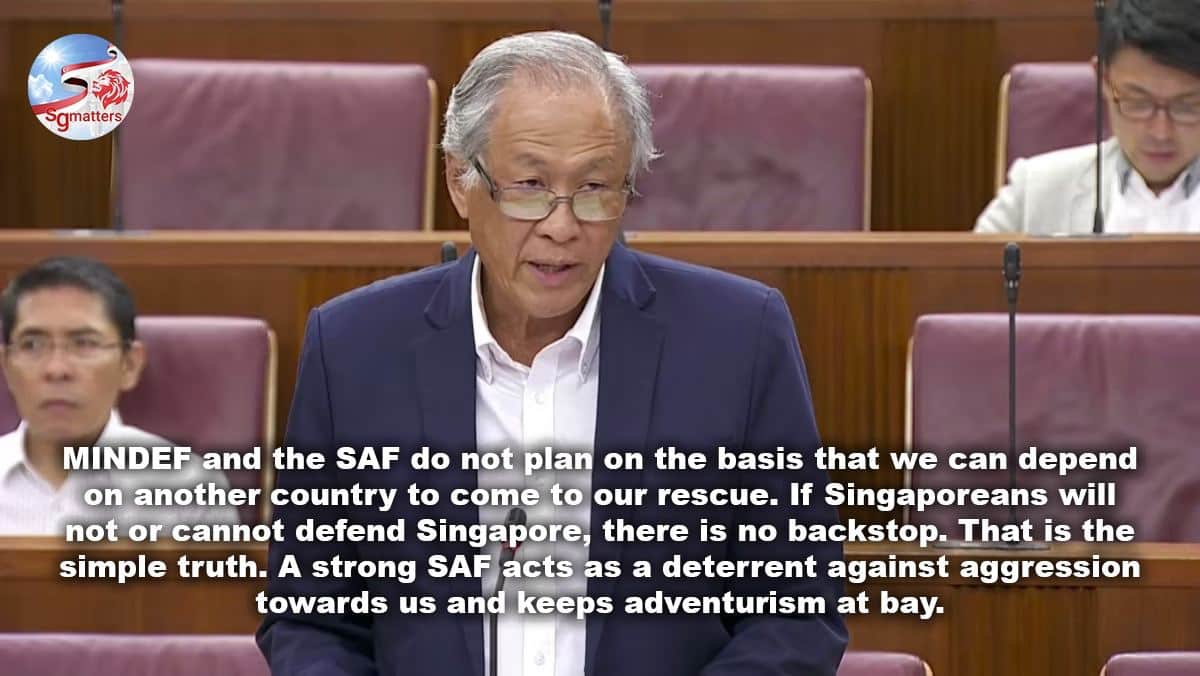The World Health Organization said on Wednesday (12 May) that the B. 1.617 variant of the COVID-19 behind the acceleration of India’s explosive outbreak is found in at least 44 countries. This variant was first found in India in October 2020.
Singapore has managed to keep it at bay for many months. With the variant now found in so many countries, it was only a matter of time that it would find its way to Singapore because all borders are porous.
Even hitherto safe regions like Taiwan which have kept its borders largely shut since the beginning of the pandemic, and Vietnam are experiencing outbreaks of community cases. The spread of the B. 1.617 variant is not just a Singapore problem. WHO has classified it as a VOC, a variant of concern globally.
Never leave our people behind
We never close our borders to returning Singaporeans and PRs, wherever they may be. Never. We bring them back. We arrange for special flights if necessary. This was the case when the pandemic started in China and our people were returning from there. We don’t leave our people behind.
This is unlike some countries like Australia for example which, just on Friday (14 May), barred more than 40 Australians from boarding a flight home from India after they tested positive for the coronavirus. You wouldn’t want to be in their shoes. There are some 9000 Australians and Australian PRs looking to get home from COVID-ravaged India.
Compassionate grounds
Among our imported cases, many are Singaporeans and Singaporean PRs.
For the period from 16 April to 13 May, there were 409 imported cases. Of these, 41.6% of them were SC/PRs, 50.6% were Work pass holders, student pass holders or dependents, and 7.8% were short term visitors. These statistics were provided by MOH in their press statement.
All short term visitors are allowed to enter only if they have family ties here or on specific compassionate grounds such as to attend a funeral, or seek medical treatment.
If we look at just South Asia, the number of imported cases over the past 28 days was 271, comprising 50.2% SCs/PRs, 46.5% work pass holders, student pass holders or dependents and 3.3% short term visitors.
The infiltrating virus does not have to come from a foreigner. It can also come from a Singapore citizen or PR.
21-day SHN
Since the middle of March this year, all workers from the CMP (Construction, Marine and Process) sector were already put on 21-day SHN, 14 days at a dedicated facility and another 7 days at a migrant worker onboarding centre.
Till now, migrant workers are not allowed to mingle freely with the community. Within the dormitories, there have been zero new cases for the past 2 weeks. So the likelihood that migrant workers introduce the virus to the community is very little. Unlikely. Migrant workers living in the dormitories show that if strict safe management measures are adhered to, the virus can be controlled.
Unfortunately, in the community, there are instances of people who are sick but did not see a doctor. Worse still, they continue their usual routines. This has exacerbated the situation.
Why allow Work Permit and S Pass holders to come in?
Speak to any construction and process company. They face a grave shortage of manpower. Every day, every week, every month, many migrant workers left to go home. The number of workers brought in barely replace those who went home. If these companies shut down, many Singaporeans will lose their jobs too. You could be affected too. It could be the BTO you’re waiting for, the MRT lines, the hospital or the nursing home under construction.
Among the imported cases are also many foreign domestic workers (FDWs) that Singaporeans want to bring in to help look after their children or elderlies. 40% of imported cases are either a CMP worker or domestic help.
No risk-free country
With COVID-19 all over the world and the B. 617 strain in at least 44 countries, there is no risk-free country.
So what do we do? Ban all flights from all countries?
Can Singapore ban all flights and shut down Changi Airport until the pandemic is over?
Can Singapore also shut down our seaport since the virus also comes in through sea crew?
Singapore has been working hard to keep our supply chains intact and ensure we have food on the table. Can Singapore afford to break our own supply chains and expect manna from heaven while we close all our doors and keep the storm out?
Talk is cheap. If you are required to stay at home and shut your doors, and there shall be no movement in and out of your home, in no time you will run out of supply, and starve.
We cannot eliminate the risk. So we manage the risk with strict measures and precautions. But controlling the spread is not the responsibility of the task force alone. It is everyone’s responsibility. It is a social compact. Everyone has to adhere strictly to safe management measures. If people who are sick go to see a doctor and isolate themselves while waiting for their swab result, we could avoid some of the clusters we are seeing.
Now is the time to stay calm and united, and work together to overcome the virus.
[irp posts=”8258″ name=”Why we can’t shut our borders like China, Australia and New Zealand”]





